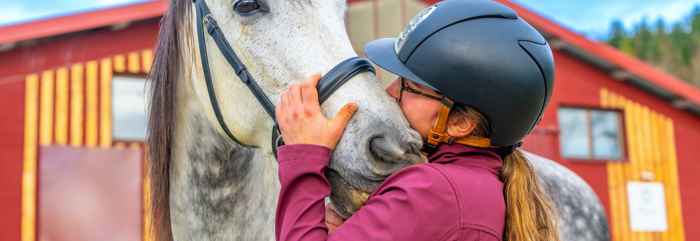Welcome to the Equetech Blog, your ultimate destination for all things equestrian! Whether you’re a professional rider, passionate enthusiast, or just starting your equestrian journey, our blog is designed to inspire, inform, and engage.
At Equetech, we understand the unique connection between rider and horse. That’s why our blog covers a wide range of topics tailored to equestrian life. From expert riding tips and training advice to in-depth gear reviews and equestrian fashion trends, we’re here to keep you informed and ready for every moment in the saddle.
Our blog doesn’t just focus on technical aspects—it celebrates the lifestyle and community that make equestrianism so special. Explore stories from riders of all levels, we talk about innovative equestrian technologies, and discover practical solutions for common challenges in horse care and riding.
Equetech is synonymous with quality and innovation in equestrian apparel, and our blog reflects that commitment. Find insights into the latest fabric technologies, sustainability efforts, and styling ideas to enhance your performance and comfort. Whether it’s competition wear, casual equestrian clothing, or accessories, our blog helps you make informed decisions to elevate your riding experience.
We also bring you exclusive interviews with equestrian professionals, event highlights, and seasonal guides to keep you up-to-date on the latest happenings in the equestrian world.
The Equetech Blog is more than just information—it’s a community hub where riders of all disciplines come together to share knowledge, experiences, and a shared passion for horses. Join us on this journey as we explore the dynamic and rewarding world of equestrian life.
Stay tuned for regular updates and let Equetech inspire every step of your riding adventure!








































































